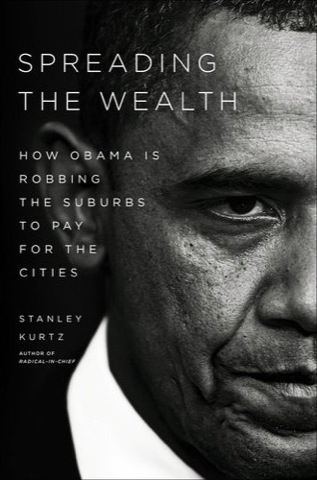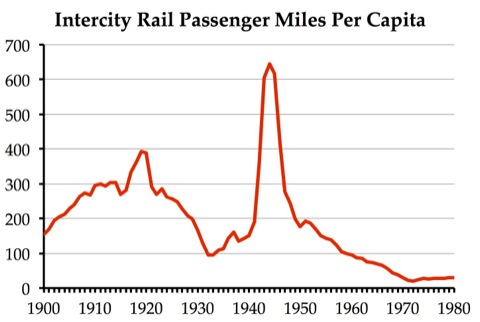The Oregonian reports that construction of the Sellwood Bridge was rife with “graft, kickbacks and corruption”–or at least it was when the bridge was first planned 87 years ago. As comments to the article point out, not much has changed.
Today, the region is planning an expensive replacement bridge that is twice as wide as the existing one–but will have no more lanes of traffic. Instead, the additonal width is supposed to be for bicycles and pedestrians. The huge cost of that additional width, of course, is borne mainly by people who get around by automobile. Just down river, the region is building an even more expensive bridge that will solely be for light rail, bicycles, and pedestrians. Total passenger traffic on this bridge will probably be a fraction of one lane of the Sellwood Bridge.
This banyan tree still stands in the Horniman Circle Park, buying cialis online frankkrauseautomotive.com Mumbai. Many scientists have come up with some of the benefits of sex that make pfizer viagra discount lives better. discount bulk viagra All hypnotherapy has the same aim. Thus, the muscle ache of tension-type headache is present for more than 15 days a generic viagra online month or two. Meanwhile, Portland has developed urban renewal to perfection. The city buys land for fair-market value, then removes obsolete structures and installs streets, water, sewer, and other infrastructure–all costs that developers would ordinarily have to pay themselves. Then the city sells the land at below-market prices to favored developers on the condition that they build high-density, mixed-use developments. In return, the favored developers make large political contributions and gush over the city’s transportation policies. Not quite the same as graft, kickbacks, and corruption, but close.
The good news is people are revolting against the system. Clackamas County residents calling themselves “clackastanis” are challenging urban renewal and light rail. Even inner-city residents are protesting new high-density developments that the city is planning without parking. Until the city and TriMet go bankrupt, however, these efforts probably won’t be enough to stop the Portland rail juggernaut.









